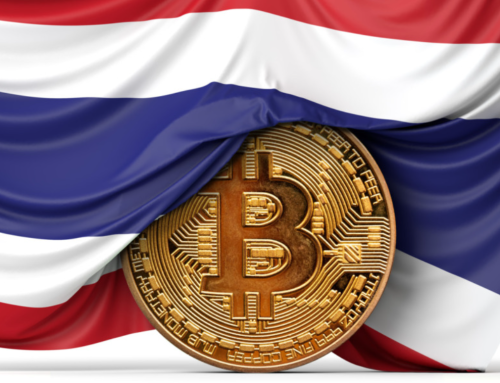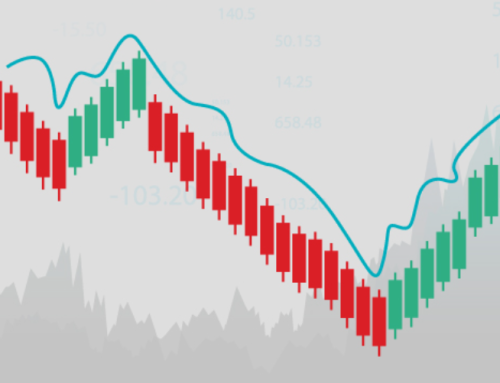Options are contracts that give permission to buyers in the purchase or sale of securities at a predefined price or before the specified date. The price of the option called premium consists of a number of variables. The optional trader must be aware of these variables so that they can decide wisely about the time to trade options.
When buying an option contract, what is pushing for the largest result is the movement of the stock price. Buyers call to need stock increases while buyers want to fall. But there is more price to choose from! Try to dig deep, why the cost is done and why the value of the option has changed.
Important issues
- The price is known as the premium name, consisting of the sum of the real and external value.
- The real value is the amount received immediately. If the option is used and is sold at the market price – it will be calculated as the current basic price is less than the right price.
- The actual value of the option is something beyond the premium of the option that is higher than the actual value – it consists of the elements that should be the influence that is mostly influenced by the expiration time and fluctuations.
- The options in the money are both the real and external elements, along the characters, while the options that leave money are just the real value.

Real value
The premium of the option consists of two parts: the real value and external value.
The real value is a premium amount created from the price difference between the current stock price and the right price. For example, suppose you own the call options for stocks traded are $ 49 per share. The right price of the option is $ 45 and the premium option is $ 5 because the stock is currently over $ 4 of the strike prices, so $ 4 of Premium $ 5 will consist of the real value, which means that the remaining dollar must consist of the real value.
In addition, we can find the number of shares that want to make a profit by increasing the price of the premium to the exercised price: $ 5 + $ 45 = $ 50. Our breakeven point is $ 50, which means stock. Must move higher than $ 50 before we get profit.
The real value option is mentioned as money (ITM) and the only valued option is said to be money (OTM).
The more valued value is sensitive to the movement of the stock price less. While many real value options are synced with more stock prices The sensitivity is the choice of the movement of the reference stock called Delta 1.0 delta tells the investor that the option tends to move the dollar for the dollar with the stock, while the Delta of 0.6 refers to the option to move about 60 cents for every dollar that moves stock
Delta for placing will be displayed as a negative number. Which shows the inverse relationship of comparison compared to the movement of stock putting with delta at -0.4 should increase the value of 40 cents. If the stock drops $ 1.
The extrinsic value is often referred to as part time. But only some are correct. In addition, it consists of implicit fluctuations that fluctuate according to the requirements, options. In addition, there is an influence on interest rates and stock dividends.
The time value is a premium section that is higher than the real value, which the buyer option is paid to get the right to own the contract for a certain period of time. Over time, the time value will be smaller. On the expiration date of the options, the more far more, the expiration date will be even more. The more promising contracts expire, the value of the time will be even faster.
Worth the time when measured from the Greek letters buyers choose to be effective, especially the market rhythm because they eat at the premium. The general error that investors make is that the profitable trade can sit for a long time. Theta will reduce the profits significantly.
For example, traders may buy options at $ 1 and see if it increases as $ 5 of the $ 5 premium, only $ 4 is the real value. If the stock price does not move further, the premium of the option will slow down to $ 4 when it expires should set a clear exit strategy before buying options.
The implicit fluctuations or called Vega can expand Premium options if traders expect volatility. High fluctuations will increase the chances of moving shares through the right price. Therefore, the optional trader will need a higher price for the sale option.
This is the reason that events are well known, such as income. Often give fewer profits for buyers, more options than previously expected. While the big movement in-stock may occur, the price option is usually quite high before such events that compensate for potential profits.
On the other hand, when the stock is very calm, the price option is likely to decline, making them quite cheap to buy. Although the volatility increases again, the option will remain low, resulting in free for profit.
Bottom line
Options may be useful in preventing hedging or speculation because they give permission not to be obliged to buy/sell securities at a specified price. Premium options are determined by the actual and external values. The real value is the moneyness of the option while the external value has many other elements. Before trading options, consider the variables to play, there is a plan for entry and has a plan for exit.















Leave A Comment